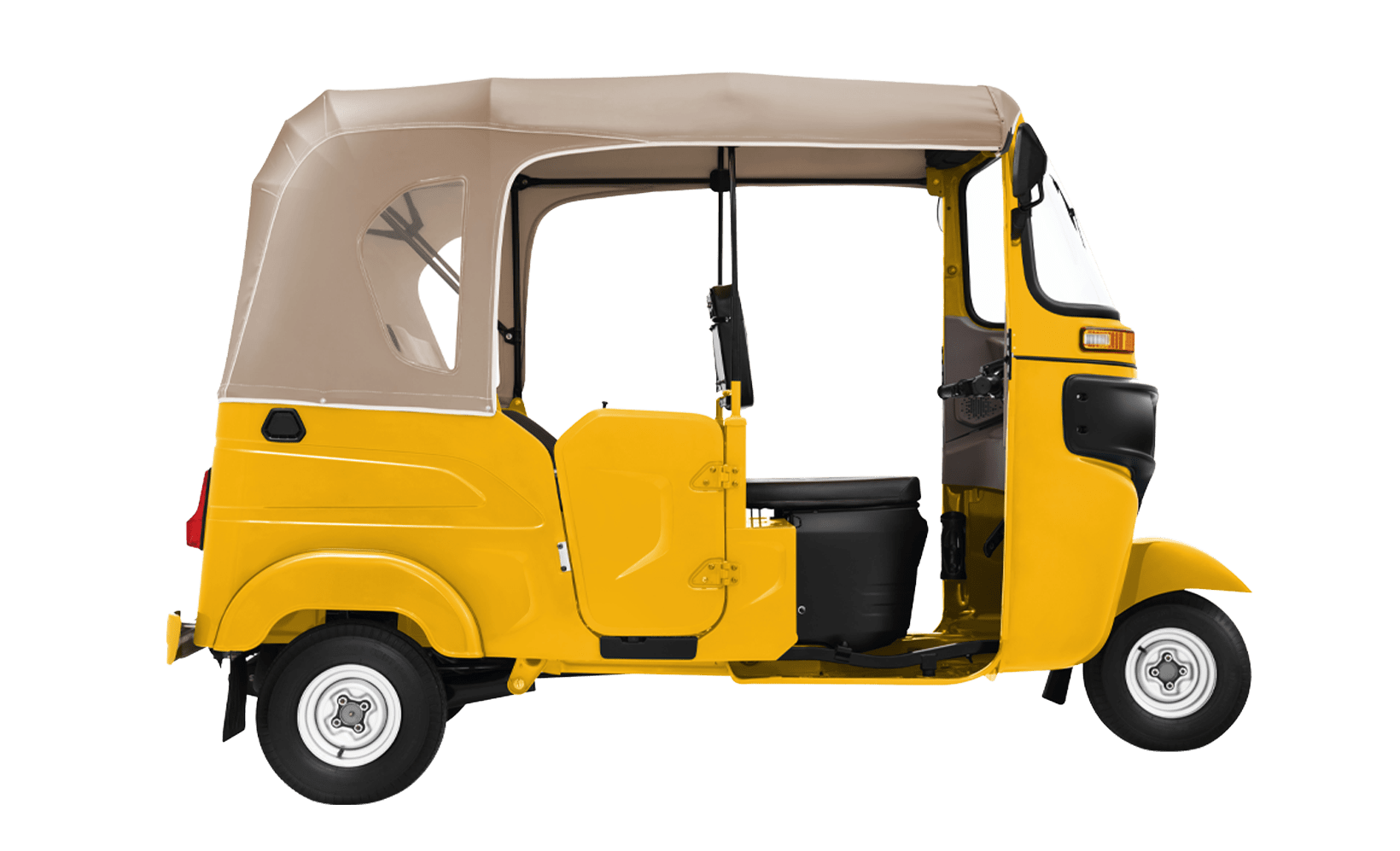-
en
 NPL
NPL
Choose Your Country
-
 Afghanistan
Afghanistan
-
 Angola
Angola
-
 Argentina
Argentina
-
 Bangladesh
Bangladesh
-
 Belorussia-(Belarus)
Belorussia-(Belarus)
-
 Benin
Benin
-
 Bolivia
Bolivia
-
 Brazil
Brazil
-
 Burkina-Faso
Burkina-Faso
-
 Cambodia
Cambodia
-
 Cameroon
Cameroon
-
 Chile
Chile
-
 Colombia
Colombia
-
 Costa-Rica
Costa-Rica
-
 Global
Global
-
 Dominican-Republic
Dominican-Republic
-
 Ecuador
Ecuador
-
 Egypt
Egypt
-
 El-Salvador
El-Salvador
-
 Ethiopia
XWHAT ARE YOU LOOKING FOR?MOTORCYCLE PRODUCTS
Ethiopia
XWHAT ARE YOU LOOKING FOR?MOTORCYCLE PRODUCTS INTRACITY PRODUCTS
INTRACITY PRODUCTS
-
 Ghana
Ghana
-
 Greece
Greece
-
 Guatemala
Guatemala
-
 Guinea
Guinea
-
 Haiti
Haiti
-
 Honduras
Honduras
-
 India
India
-
 Iraq
Iraq
-
 Kazakhstan
Kazakhstan
-
 Kenya
Kenya
-
 Kuwait
Kuwait
-
 Lebanon
Lebanon
-
 Liberia
Liberia
-
 Madagascar
Madagascar
-
 Malaysia
Malaysia
-
 Mali
Mali
-
 Mauritius
Mauritius
-
 Mexico
Mexico
-
 Myanmar
Myanmar
-
 Nepal
Nepal
-
 Nicaragua
Nicaragua
-
 Nigeria
Nigeria
-
 Peru
Peru
-
 Philippines
XWHAT ARE YOU LOOKING FOR?MOTORCYCLE PRODUCTS
Philippines
XWHAT ARE YOU LOOKING FOR?MOTORCYCLE PRODUCTS INTRACITY PRODUCTS
INTRACITY PRODUCTS
-
 Poland
Poland
-
 Qatar
Qatar
-
 Republic-of-the-Congo
Republic-of-the-Congo
-
 Russia
Russia
-
 Rwanda
Rwanda
-
 Saudi-Arabia
Saudi-Arabia
-
 Sierra-Leone
Sierra-Leone
-
 South-Africa
South-Africa
-
 Sri-lanka
Sri-lanka
-
 Sudan
XWHAT ARE YOU LOOKING FOR?MOTORCYCLE PRODUCTS
Sudan
XWHAT ARE YOU LOOKING FOR?MOTORCYCLE PRODUCTS INTRACITY PRODUCTS
INTRACITY PRODUCTS
-
 Tanzania
Tanzania
-
 Thailand
Thailand
-
 Togo
Togo
-
 Turkey
Turkey
-
 UAE
UAE
-
 Uganda
Uganda
-
 Ukraine
Ukraine
-
 Uruguay
Uruguay
-
 Yemen
Yemen
Visit The Global Webpage
-
-

-

-
-
-
DOMINAR
 Back
Back
Explore the world on your terms with Dominar, a Sports Tourer that’s born to sprint and built to explore anyplace your heart desires.
Official Instagram Page: Bajaj_Dominar_Nepal
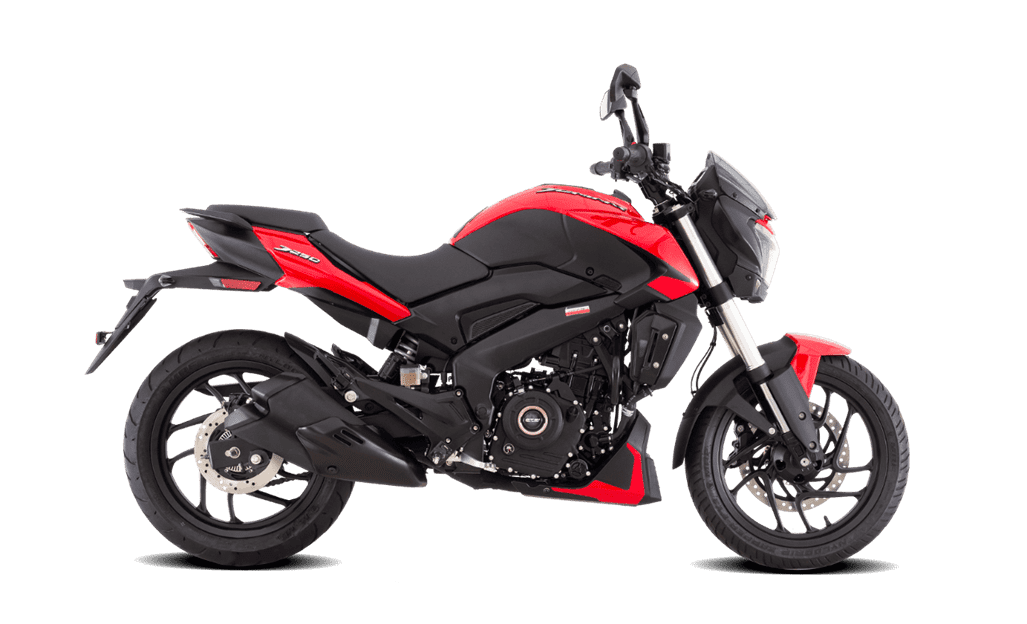
-
PULSAR
 Back
Back
The ultimate sports bike created for the cityscape with the best in class power, handling & torque for every roads of Nepal.
Visit here for all: Bajaj Bikes Price in Nepal


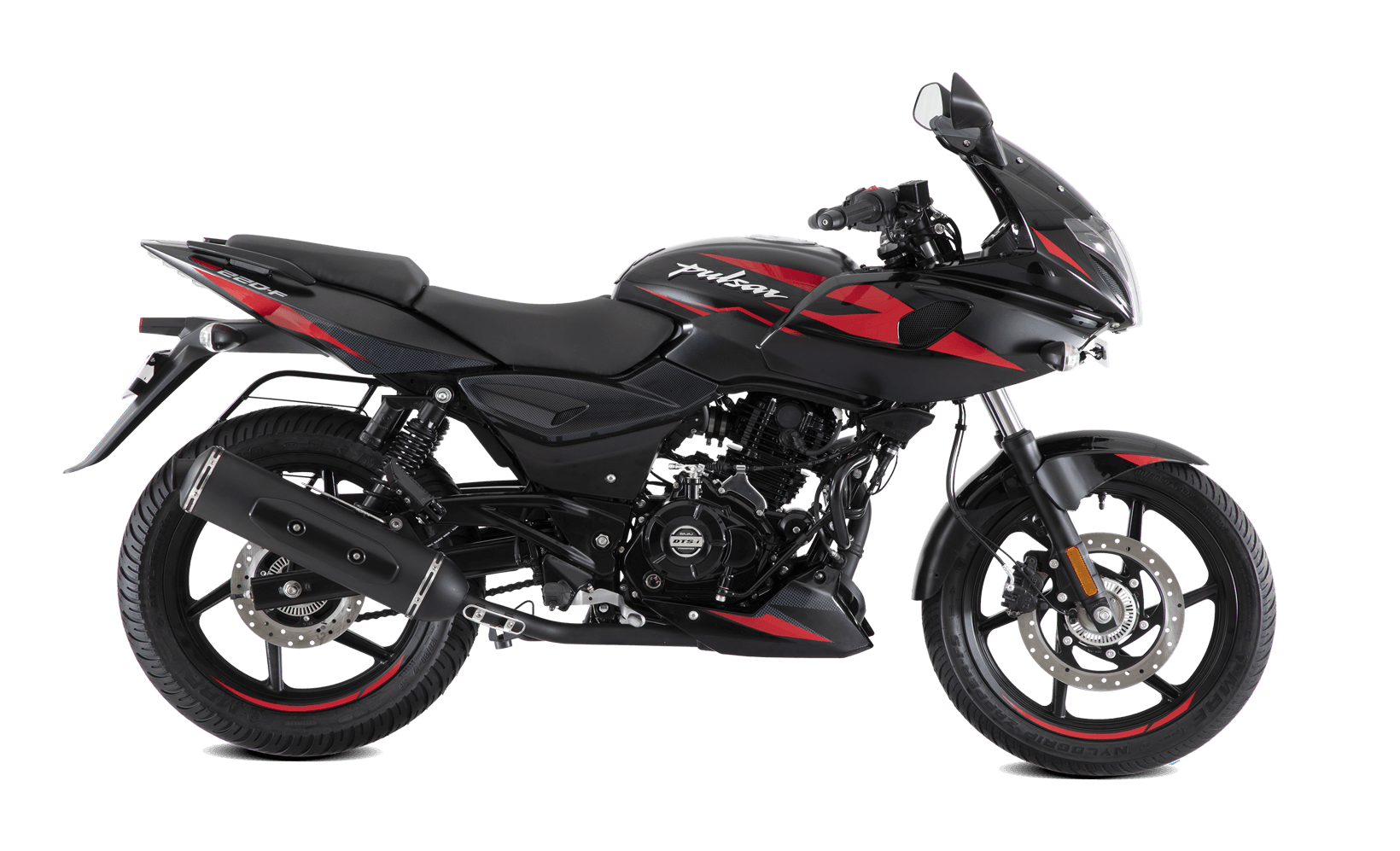


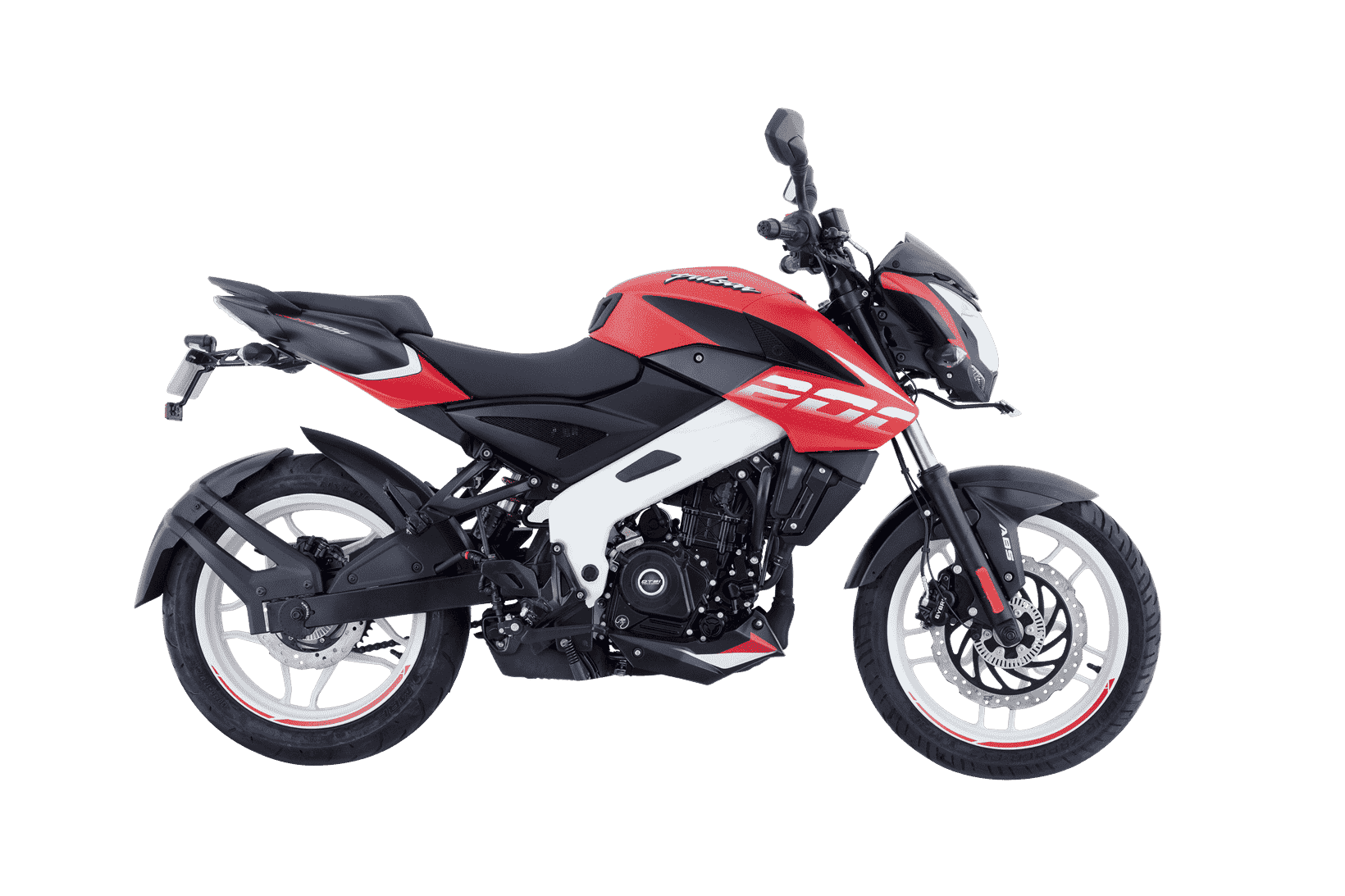
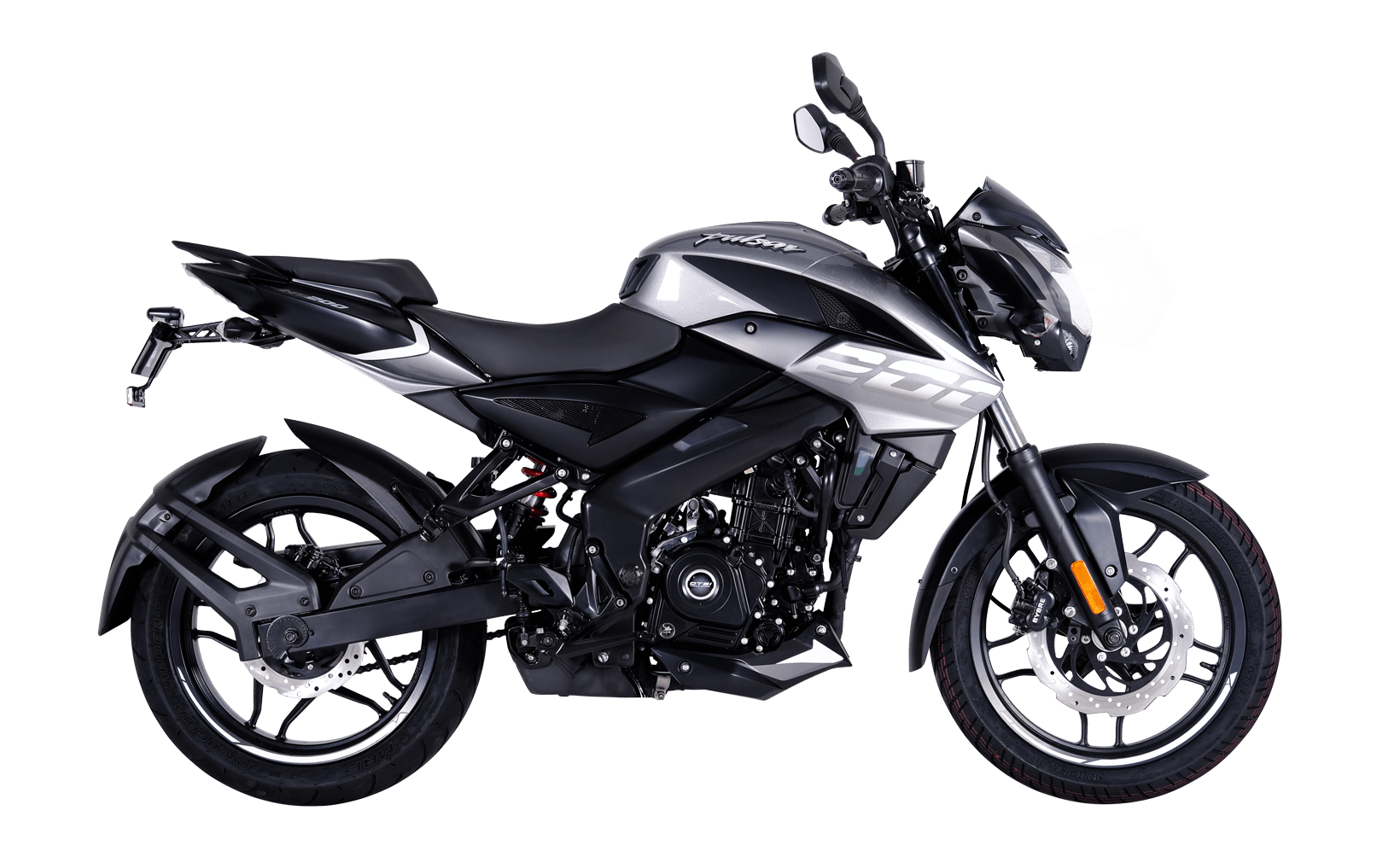

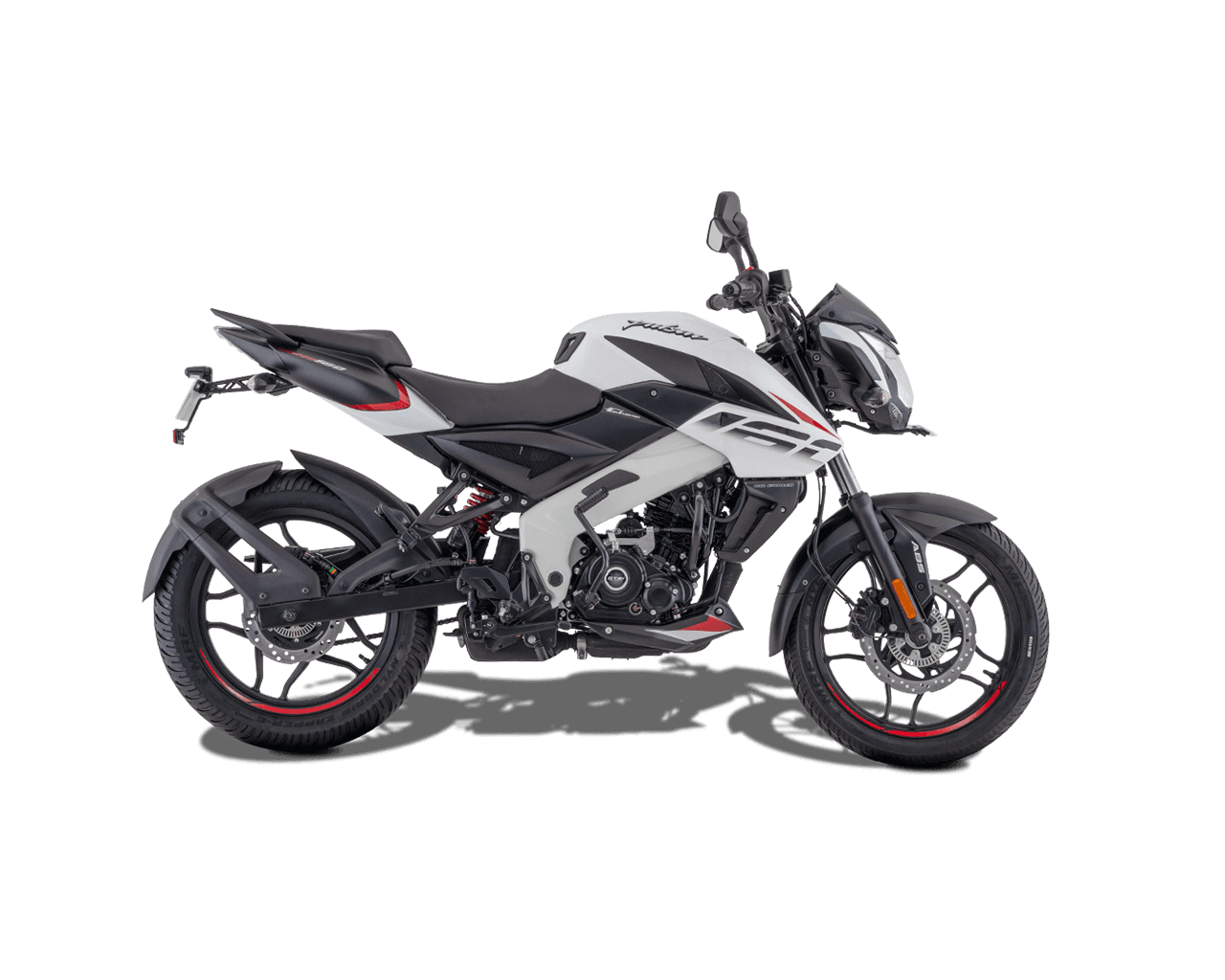

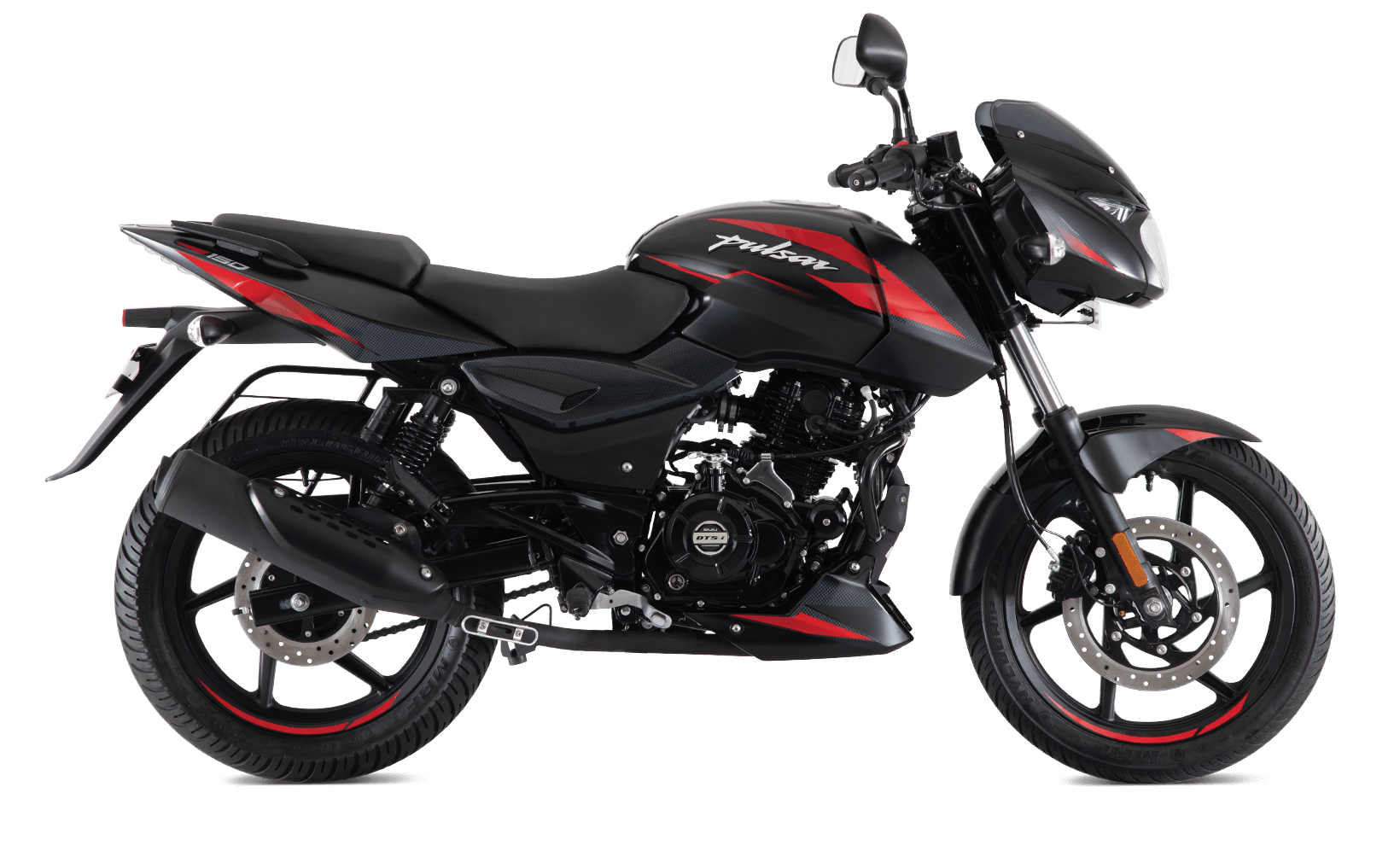

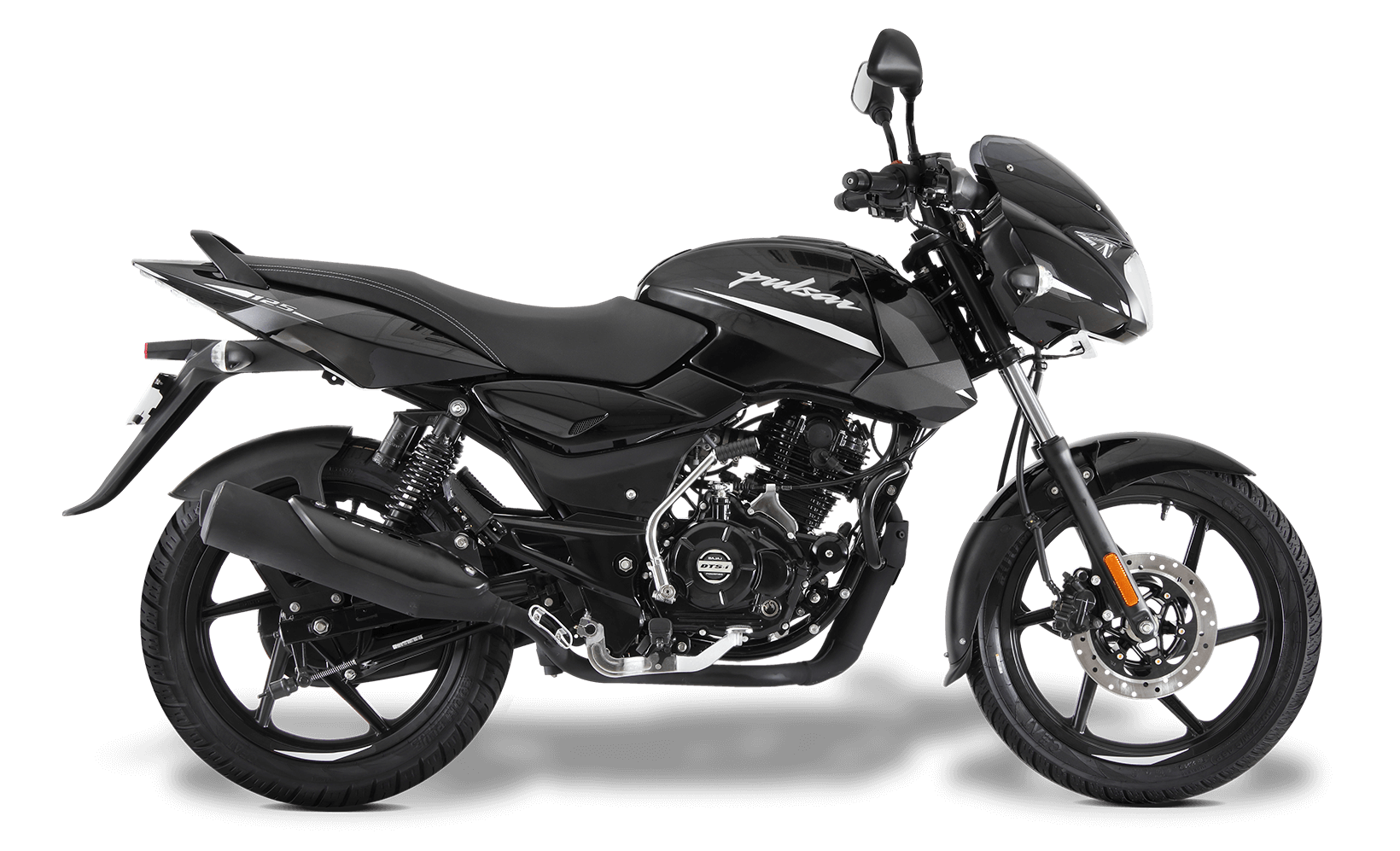
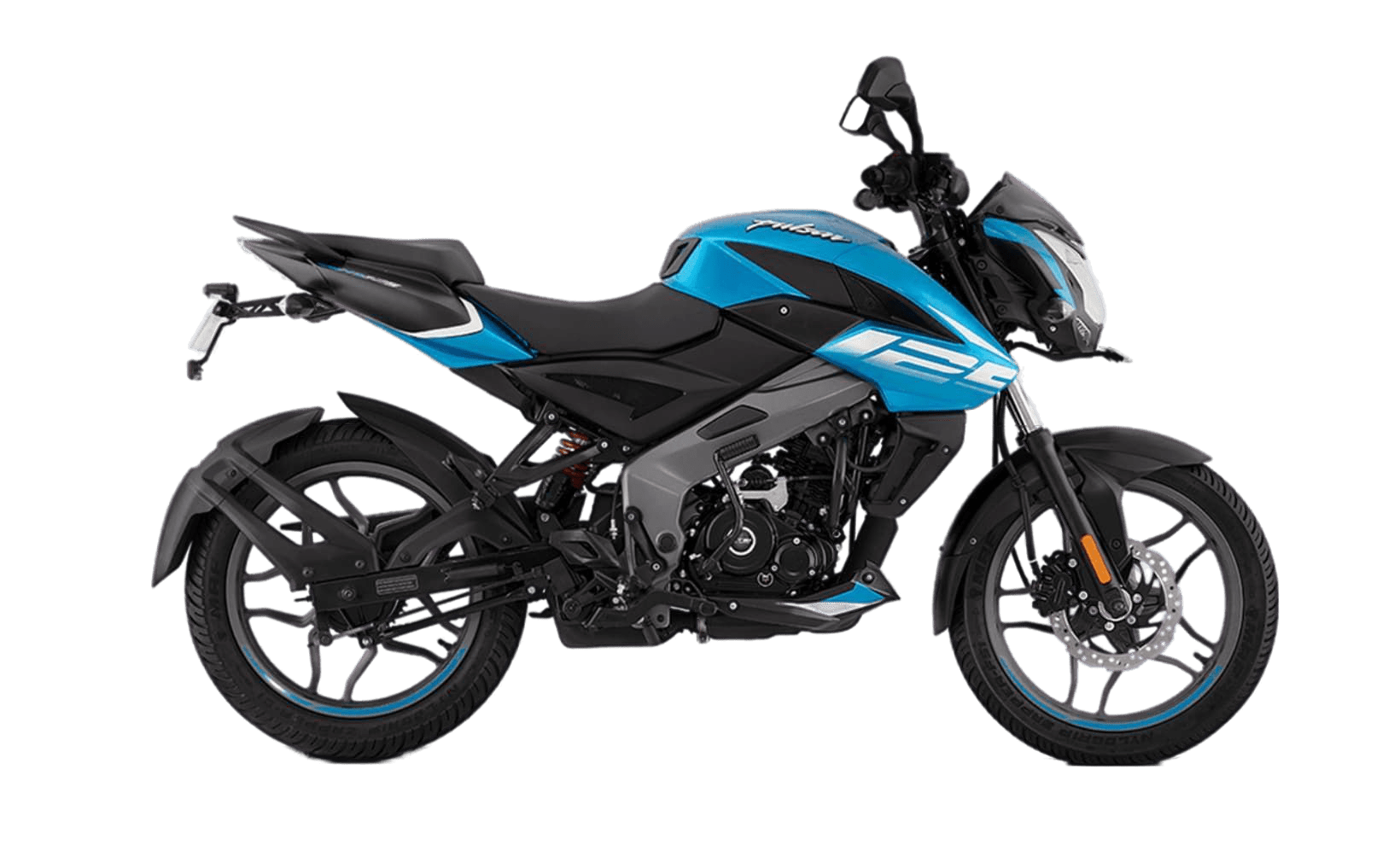

-
DISCOVER
 Back
Back
A stylish-mid ranged bike which stuns you on city streets with the power to ride beyond urban limits.
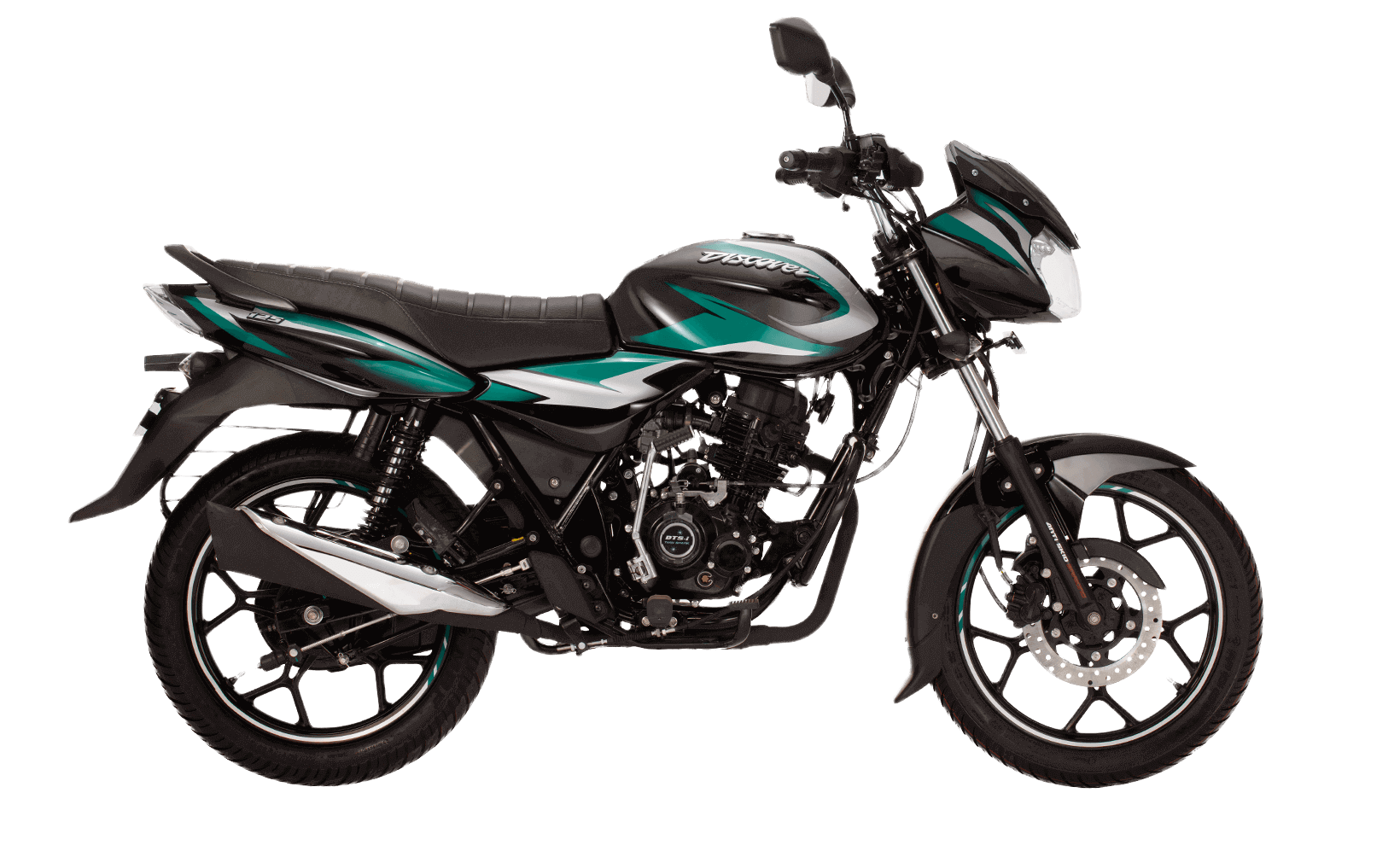

-
AVENGER
 Back
Back
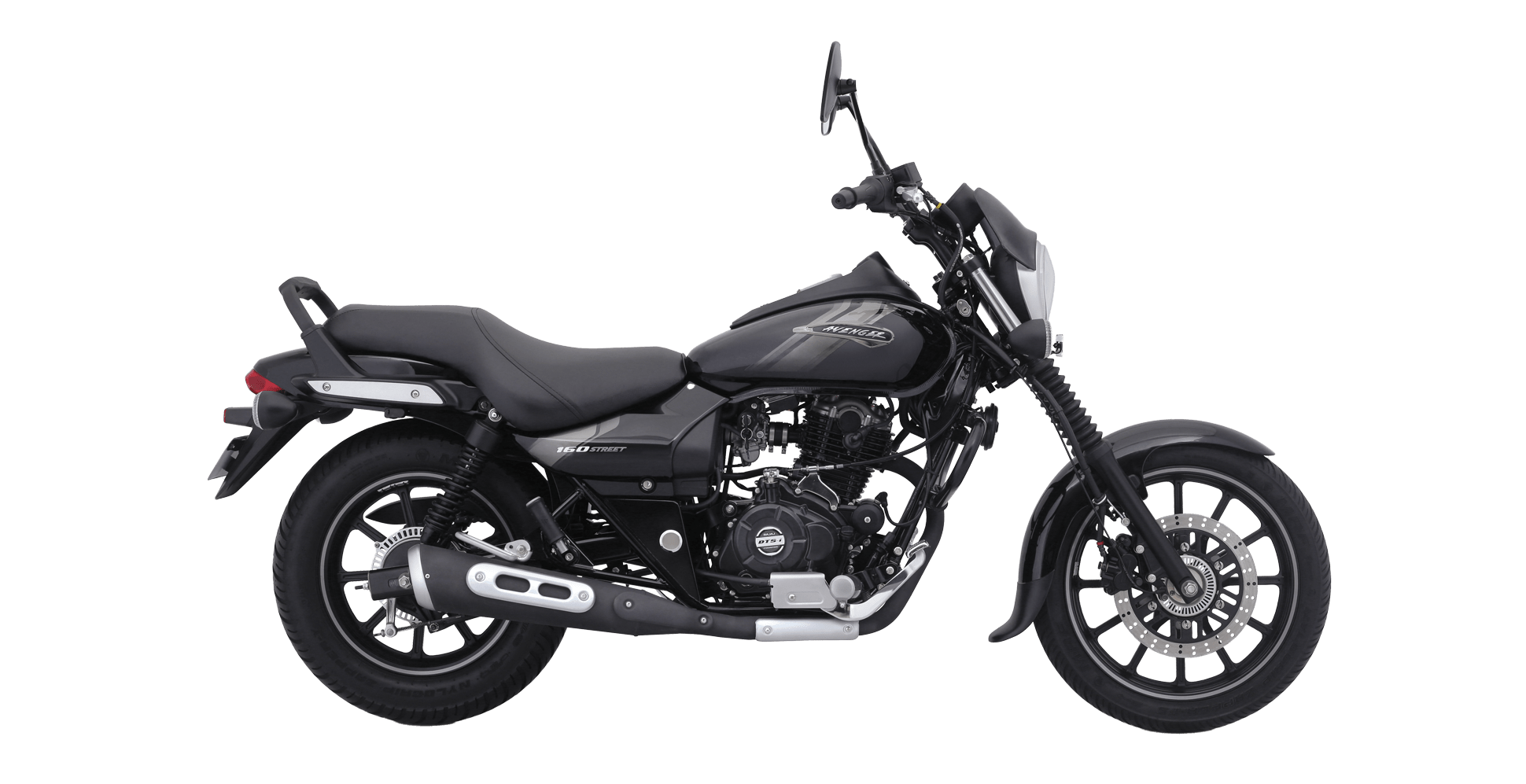
-
PLATINA
 Back
Back
A mileage champion to get the best out every last drop of fuel, durably powering longer journeys.
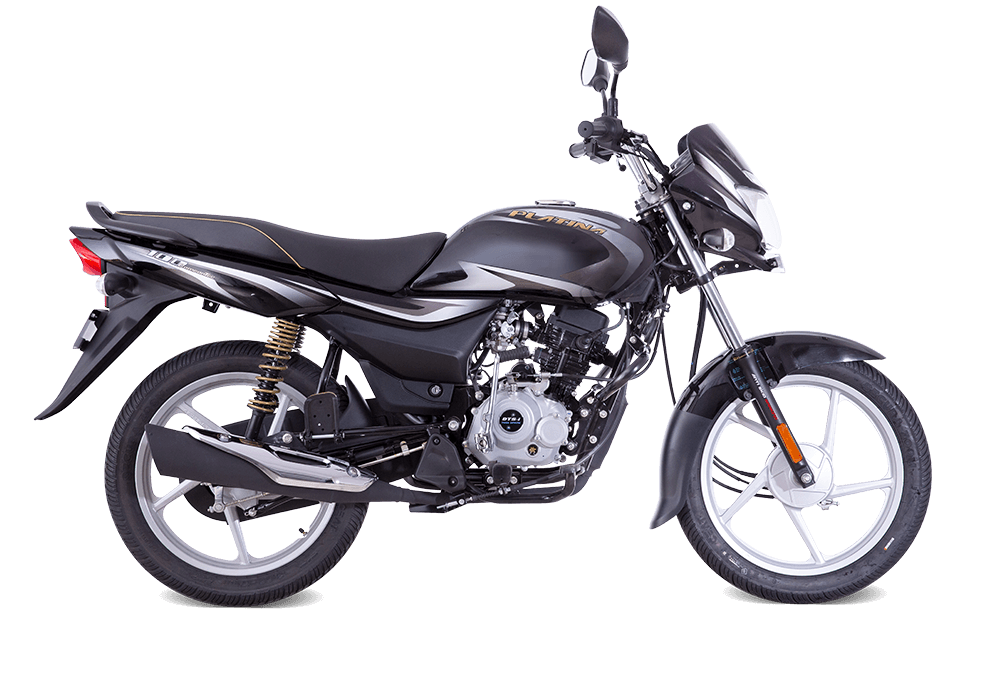
- RE
-
MAXIMA
 Back
Back
Bajaj Maxima CARGO
FIND OUT MORE - Bike Price Lists
- Blog
- Test Ride
- Contact Us
-
en
 NPL
NPL
Choose Your Country
-
 Afghanistan
Afghanistan
-
 Angola
Angola
-
 Argentina
Argentina
- $name
-
 Bangladesh
Bangladesh
-
 Belorussia-(Belarus)
Belorussia-(Belarus)
-
 Benin
Benin
-
 Bolivia
Bolivia
-
 Brazil
Brazil
-
 Burkina-Faso
Burkina-Faso
- $name
-
 Cambodia
Cambodia
-
 Cameroon
Cameroon
-
 Chile
Chile
-
 Colombia
Colombia
- $name
-
 Costa-Rica
Costa-Rica
-
 Global
Global
- $name
-
 Dominican-Republic
Dominican-Republic
-
 Ecuador
Ecuador
-
 Egypt
Egypt
-
 El-Salvador
El-Salvador
-
 Ethiopia
XWHAT ARE YOU LOOKING FOR?MOTORCYCLE PRODUCTS
Ethiopia
XWHAT ARE YOU LOOKING FOR?MOTORCYCLE PRODUCTS INTRACITY PRODUCTS
INTRACITY PRODUCTS
-
 Ghana
Ghana
-
 Greece
Greece
-
 Guatemala
Guatemala
-
 Guinea
Guinea
-
 Haiti
Haiti
-
 Honduras
Honduras
-
 India
India
- $name
-
 Iraq
Iraq
-
 Kazakhstan
Kazakhstan
-
 Kenya
Kenya
-
 Kuwait
Kuwait
-
 Lebanon
Lebanon
-
 Liberia
Liberia
-
 Madagascar
Madagascar
-
 Malaysia
Malaysia
-
 Mali
Mali
-
 Mauritius
Mauritius
-
 Mexico
Mexico
- $name
- $name
-
 Myanmar
Myanmar
-
 Nepal
Nepal
-
 Nicaragua
Nicaragua
-
 Nigeria
Nigeria
-
 Peru
Peru
-
 Philippines
XWHAT ARE YOU LOOKING FOR?MOTORCYCLE PRODUCTS
Philippines
XWHAT ARE YOU LOOKING FOR?MOTORCYCLE PRODUCTS INTRACITY PRODUCTS
INTRACITY PRODUCTS
-
 Poland
Poland
- $name
-
 Qatar
Qatar
-
 Republic-of-the-Congo
Republic-of-the-Congo
-
 Russia
Russia
-
 Rwanda
Rwanda
-
 Saudi-Arabia
Saudi-Arabia
-
 Sierra-Leone
Sierra-Leone
- $name
-
 South-Africa
South-Africa
- $name
-
 Sri-lanka
Sri-lanka
-
 Sudan
XWHAT ARE YOU LOOKING FOR?MOTORCYCLE PRODUCTS
Sudan
XWHAT ARE YOU LOOKING FOR?MOTORCYCLE PRODUCTS INTRACITY PRODUCTS
INTRACITY PRODUCTS
-
 Tanzania
Tanzania
-
 Thailand
Thailand
-
 Togo
Togo
-
 Turkey
Turkey
-
 UAE
UAE
-
 Uganda
Uganda
-
 Ukraine
Ukraine
-
 Uruguay
Uruguay
-
 Yemen
Yemen
- $name
Visit The Global Webpage
-
-
DOMINAR
What are the benefits of having a mono-shock and twin shocks on a motorcycle?
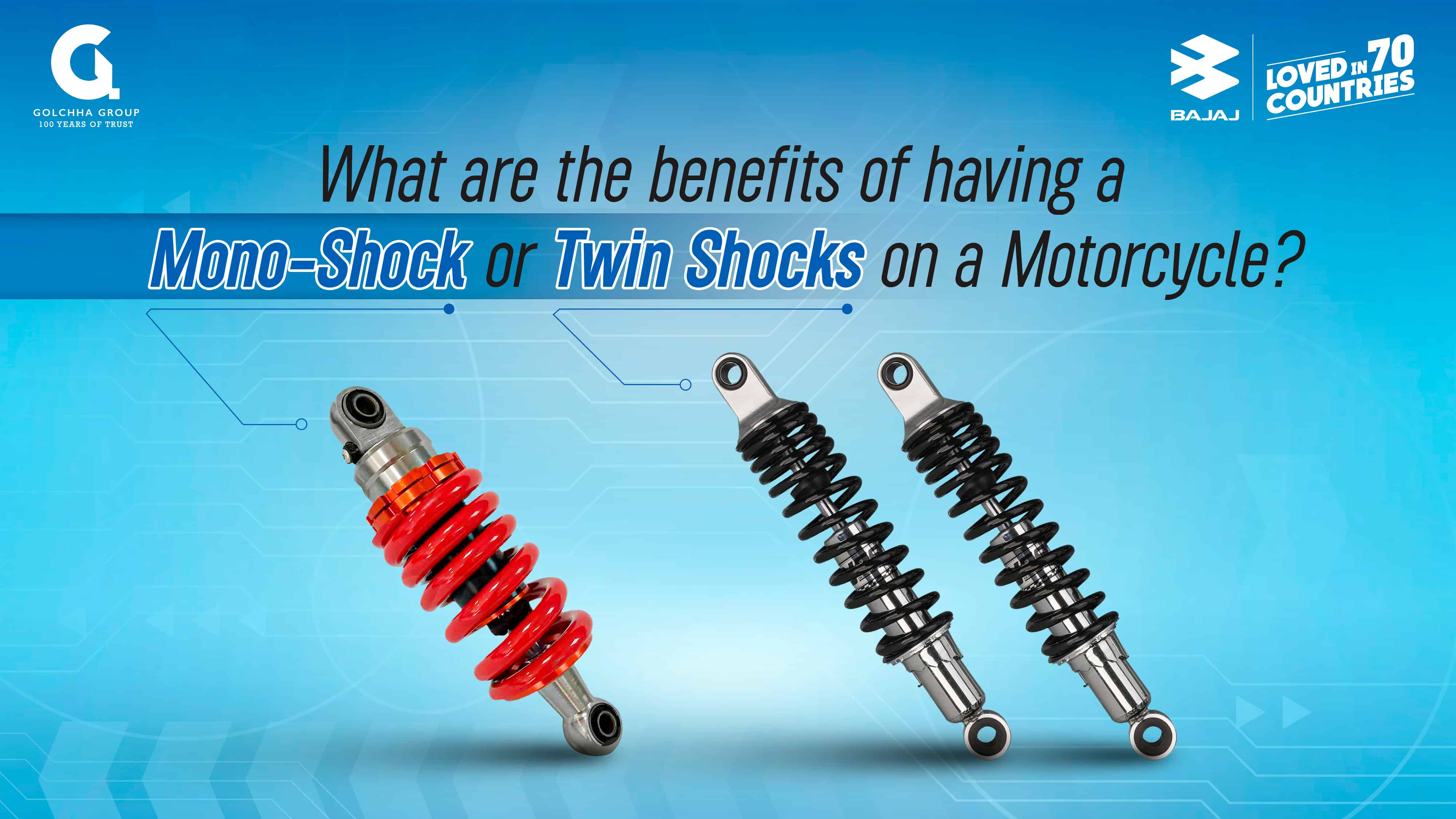
Shocks, a crucial part of a motorcycle's suspension system, absorb bumps and reduce the chances of losing control. Shock can be made from many different materials including chrome-silicon steel, but the most common type is a gas-charged oil tank with a coil spring inside. The function of a bike shock absorber is to dampen or absorb vibrations from the bike's wheels. When riding over rough terrains, such as pavement cracks or potholes, or hitting road hazards the suspension system will oscillate (move back and forth).
There are many different types of suspension systems on motorcycles including front suspension, rear suspension and swingarm suspensions. The main purpose of these components is to keep the rider in control as he or she rides over rough terrains such as bumps, potholes and road hazards. Front suspension consists of the fork, headstock (upper), steering stem (lower) and handlebars.
There are mainly two different shocks popular in the commercial market, mono-shock and twin shocks. Commuter bikes are more likely to have twin-suspension shock absorbers than mono-suspension shock absorbers found on high-performance bikes. Twin suspension motorcycles use two shock absorbers to absorb bumps more effectively and reduce bouncy rides. A mono-shock has one shock absorber attached to the frame and a twin-shock has two parallel shocks connected to the rear wheel whereas a dual suspension has two shocks connected on both sides of the frame.
No matter how carefully you tune a dual shock setup, one shock will compress differently than the other. Mono-shock eliminates any likelihood of an imbalance between the two. Many mono-shocks have variable linkages that allow the impactful spring rate and cushioning to be reduced as the suspension is moved away from "neutral’. When compared to a mono-shock, the ride with a twin shock will feel "bouncy." Because the suspension absorbs some torque, the throttle response will be less responsive. As a result, the ride is bouncier and more comfortable.
At the end it’s a matter of preference. What is more important to you? A constant tire contact with the asphalt or a smooth ride which is bouncier? This is a classic age-old trade-off between performance and comfort.


